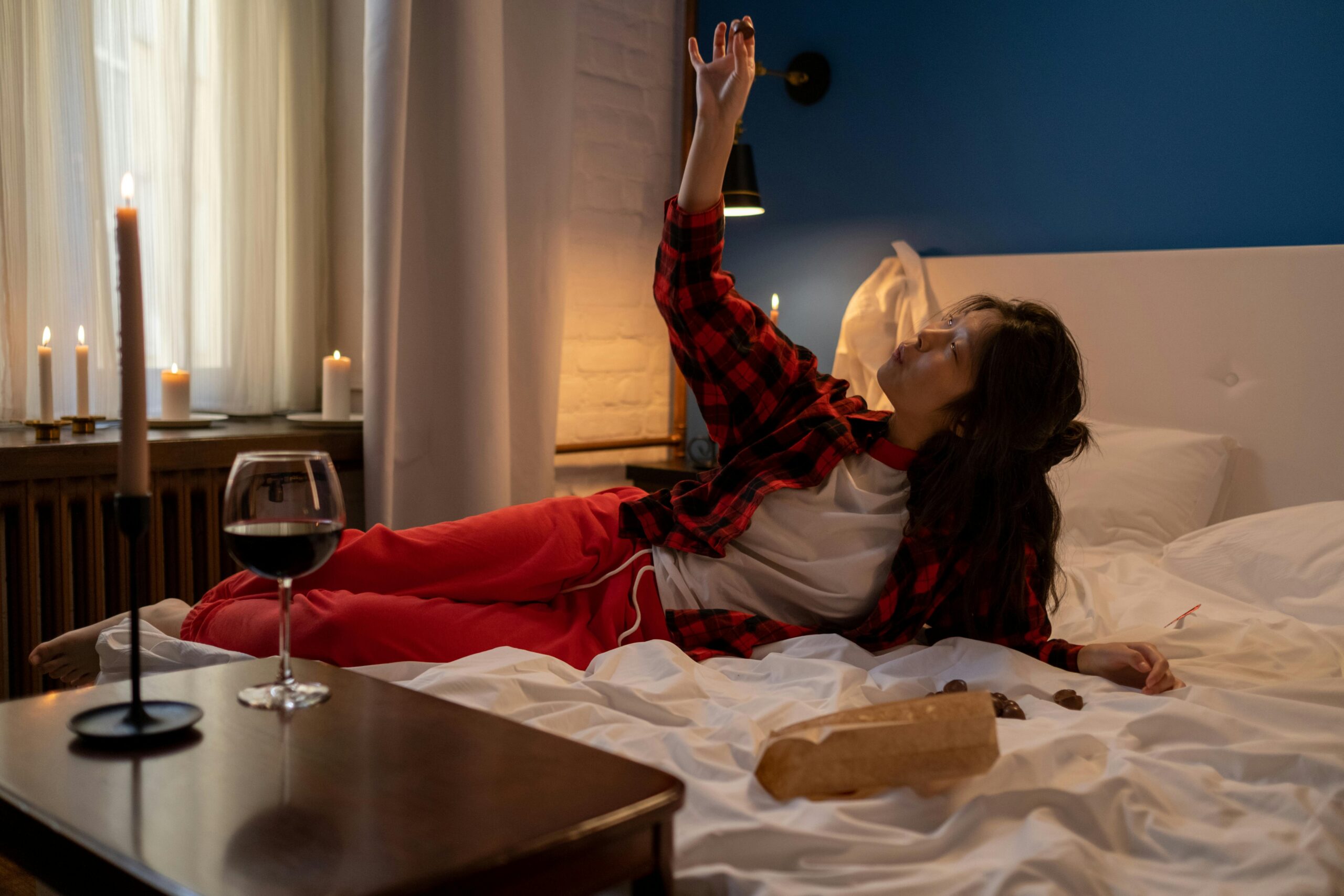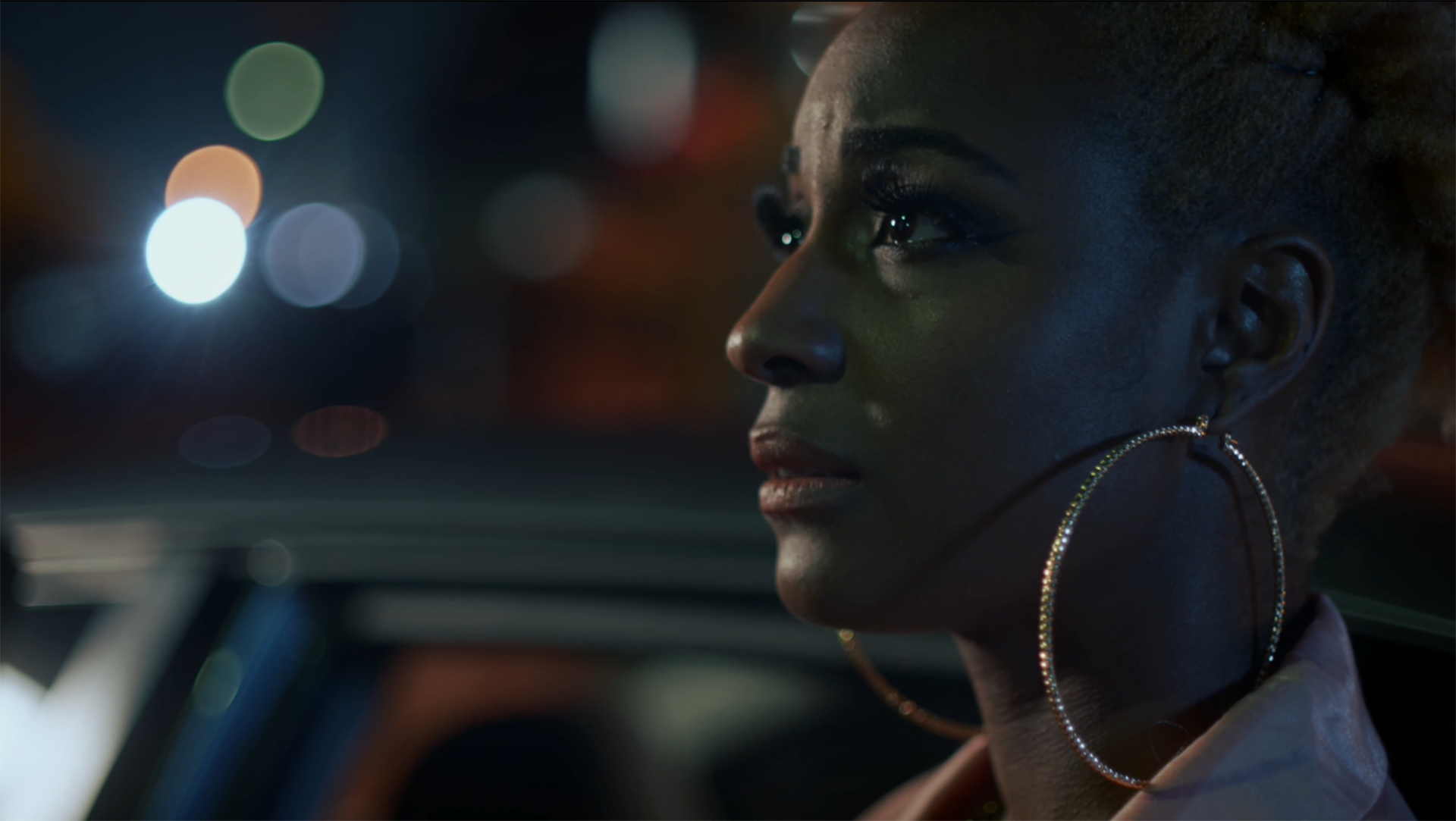
She took up photography as a new career path at the age of 60 in 2013, and now in her 70’s, Brazilian photographer Sandra Cattaneo Adorno is celebrating her new project that was a decade in the making at the prestigious 60th Venice Biennale.
Her new exhibition, Sandra Cattaneo Adorno: Ten Years, opened April 20 at the 7th edition of Personal Structures, which runs parallel with the 60th Venice Biennale. Organized by the European Cultural Centre, the 2024 edition of ‘Personal Structures: Beyond Boundaries’ focuses on the experience of foreigners, émigrés, exiled, and refugees, especially those who have moved between the Global South and the Global North.
Hailing from Rio de Janeiro, Sandra Cattaneo Adorno’s life, work, and worldview have been shaped by a lifetime of traveling the globe, fostering a sense of displacement and search for belonging through the act of making art.
Her new photo book ‘Ten Years’ (out April 16 through Radius Press) and exhibition of the same name is imagined as a visual diary without beginning or end, recalling the symbolic language of Tina Modotti, the surrealist archetypes of Leonora Carrington, and the sensuous physicality of Georgia O’Keeffe’s paintings of place.


Printed exclusively with metallic gold ink on black paper that magically transforms quiet scenes of daily life into mystical works of art, Cattaneo Adorno’s glittering scenes of Mauritius, Egypt, Japan, Thailand, Singapore, New York, London, Italy, Portugal, and her native Brazil float in between reality and illusion like scenes from a dream. Like Dora Maar who reinvented her photography practice in her 70s, Cattaneo Adorno is drawn to experimentation and to innovative ways of printing and presenting her work.
Delighting in the combination of immediacy, creativity, and surprise of street photography, Cattaneo Adorno returned to Ipanema, the fabled Rio de Janeiro beach of her childhood, to create Águas de Ouro (Portuguese for “waters of gold”). Revisiting the glittering shores of her youth, she printed the work with gold metallic inks to evoke the elements of water, earth, sun, and sky that sustain life itself.
Ahead of the exhibition at the Venice Biennale, we had the chance to speak with Sandra about her fascinating journey in this new phase of her life and career, the rich symbolism of ignoring the stereotypes about age (especially toward women), and how travel and culture has been a poignant creative guide throughout her life in a number of ways.

Where did you artistic journey first begin, and what made you fall in love with this medium? You began a new creative path in 2013 at the age of 60. Can you tell us more about why and how you got into photography?
I first started photographing when my daughter, Gwen, invited me to join her in a workshop run by Alex and Rebecca Webb as a present for my 60th birthday. I did not know what to expect from the experience, but I accepted because I thought it could be a good excuse to spend some time with her. As I first started shooting, however, something clicked and I felt a buzz running through me.
Before I started photographing, the street was for me a place that I used to go from A to B without being too conscious of what was happening around me. Through photography, I started to become alert to scenes and gestures that I had never noticed before, and to the beauty of light, shapes and colours. Being able to frame these elements in an image is a kind of magic that still fascinates and surprises me.
When did you begin to compile images for ‘Ten Years’, and how did you decide which photos would make the cut?
I started thinking about this project after publishing my second book, Águas de Ouro, in 2020. For that book, I used metallic inks, but I felt that this technique could be explored more in the future. The idea of having a monograph celebrating my decade of photography gained strength after spending time researching my archives for my the publication of my third book, Scarti di Tempo.
Since the process of using golden ink was experimental, I couldn’t tell what the photographs would look like on paper before actually printing them. Additionally, for the book, I decided to invert some of the images to make them look as if they were photographic negatives, thus expressing their double nature as representations of reality as well as of dreams and memories. This too was, however, quite an unpredictable effect. I therefore decided to select around 250 images I liked and printed them all in small format. These tests gave me a good idea of which image could work well in golden ink or inverted and which didn’t.
There were a few surprises, as it was extremely difficult to predict the printed result. I ended up selecting the photographs where the gold and the inverted technique appeared to enhance the meaning of the image, making it more mysterious and engaging. At the same time, the photographs needed to be pleasing aesthetically, and I selected the images where the gold shone beautifully while creating interesting tonal ranges and bringing hidden details to the fore.
Your images transform ordinary, everyday life moments into something magical using color. Can you talk us through your creative decision and why you wanted readers to see these everyday moments in a new light?
The use of gold sets the images aesthetically apart from ‘real ’life, thus conveying the experience of being ‘foreign. ’At the same time, the golden ink has a very personal significance, as it reminds me of the golden paint used by dancers to cover their body during Carnival in Brazil. So painted, the dancers look otherworldly and magical. Through the golden ink, I wanted my pictures to convey a similar effect of wonder, enchantment and beauty. The black paper contributes to abstracting the figures, as it leaves them deprived of an identifiable background.
A similar effect is conveyed in my new book, Ten Years, as its images are printed with the same ink and paper as the photographs on the wall. In the exhibition, the book will rest on a table and it will be open as an accordion, so as to display simultaneously all the photographs it contains and to allow the public to move freely around it.

How has travel influenced your perspective on life and art, and how they intertwine?
Travel taps into something adventurous and playful in my personality. Play is in fact a fundamental element of my approach to photography: it is at the heart of the feelings of wonder and surprise that motivate me to go out with my camera and take pictures. Being playful and open to exploring also allows me to experiment with my camera without being too concerned about the final result. Taking pictures then becomes a very liberating and creative process. Luckily, if you are having fun when photographing, it invariably shows in the images.
Travelling is also fundamental to me because it allows me to really question what I see. The reality of a place or a situation subsequently becomes the starting point through which I aim to reach another dimension in my images, one that is related to dreams and mystery. For this reason, too, I often photograph through glass, take pictures of reflections or try not to show a scene or a person in a straightforward way.
I didn’t know I could be able to interpret the world around me while communicating in such a personal way before I picked up a camera. It fascinates me that there is so much of me, of my life and experiences in my photos and yet I think I achieve my best shots when I am the most open to the outside world. It is paradoxical, but I believe this is the way in which travel allows me to express my life in my art, as it draws something out of my deepest self while confronting me with an unfamiliar environment.
Can you talk about the notion of displacement and the idea of belonging, and how your work incorporates these themes?
Themes of dislocation and belonging resonate deeply with me, as my personal life and career have spanned many continents and countries. I could even say that my very identity was fashioned by my international background. I was therefore pleased to be able to investigate these experiences while celebrating ten years of my photography in an exhibition at Personal Structures.
The show opens with a projection in which black and gold photographs – images of strangers that I have taken on the streets of different countries – transform into one another. The flux of images of the projection hints at the fluidity of the identity of who is considered ‘foreign ’or ‘other ’and at their difficulty to be fitted into canonical contexts, as foreigners are always re-contextualising their experiences by moving into a different culture. At the same time the photographs, by merging into each other, acknowledge the interconnectedness of people and call for renewed interactions to be established.
The investigation of the themes of displacement and connectedness continues inside the main room of the exhibition, which features thirteen photographs printed in metallic golden ink on black paper and mounted inside black wooden frames. Because of their composition and aesthetics, the photographs look abstract, although a human element is always recognizable. They call for the visitors to get closer and interpret them. Most of the images have been inverted in postproduction, so as to accentuate the feeling of displacement they evoke.
My new book, Ten Years, is displayed on a table in the middle of the same room, open as an accordion. The book juxtaposes images that I have taken in different countries, although it is deprived of linearity and geographical context. While suggesting the experience of travel and dislocation, it also favors contact between people: the visitors will in fact be able to activate new connections and narratives between the images by moving along the piece.
Displacement and an attempt to forge new connections are also evoked by the curtains covering the windows at the end of the room, as a photograph of Ipanema Beach in Rio de Janeiro printed on them overlays the iconic buildings of the Venetian Gran Canal to create a new view of the city.


Society loves to brush women aside after a certain age, but there are many, like you, who are defying the stereotypes and inspiring many other women along the way. What message do you have for people who would try to dismiss your age?
I don’t think I am too concerned about people who try to dismiss my age or put me down, as I am too busy doing the things that I love and using my time and energy positively to realize my dreams and ambitions in photography. I am convinced that my work will then speak for myself.
What message do you have for women who are struggling to find their own identity and place in the world because of their age?
I feel very lucky and privileged to have discovered such a passion in life as photography. Sometimes I wish I could have discovered it earlier, but I think it came at a time when I could best appreciate it and, most importantly, when I was able to fully enjoy it.
I think it is important for women of any age to find something they like doing and that they can feel is exclusively theirs, as women often have to put the interests of other people before their own.
My advice to other women would therefore be to try and find something that resonates with them deeply and that gives them a special spark. They will probably need to experiment with different things before they can find an activity that gives them a special spark, but that’s part of the progress, too.
Once they have found this passion, I would urge them to work hard, but with a light heart, because at this age we are unapologetically entitled to some fun!
How do you feel about being part of the 60th Venice Biennale, where ‘Ten Years’ will be on display as part of the ‘Personal Structures: Beyond Boundaries’ exhibit?
Being able to have an exhibition in Venice during the Biennale is an experience both exhilarating and humbling. I am thrilled to be able to celebrate my
photography with all the wonderful people that have accompanied me along my journey and with my friends and family. At the same time, I feel proud of what I could achieve, because this show is the result not only of a big passion for photography, but also of lots of commitment and hard work.
As someone whose work focuses on the experience of foreigners, émigrés, exiled, and refugees, especially those who have moved between the Global South and the Global North, what draws you to their stories and what connection do you hope viewers will find with those people in your images?
As I mentioned earlier, their stories resonate deeply with me because of my personal experience. Eventually, I would like the viewers to be able to establish a similar connection with their experiences through my images. I would like the photographs to create a space for imagination and dream in which the viewers could participate while feeling that they, too, are part of a bigger world and that they share experiences with a diverse range of people.
You can purchase a copy of ‘Ten Years’, out now through Radius Books, and see more of Sandra Cattaneo Adorno’s work on her website. Follow Sandra on Instagram and Twitter.

















